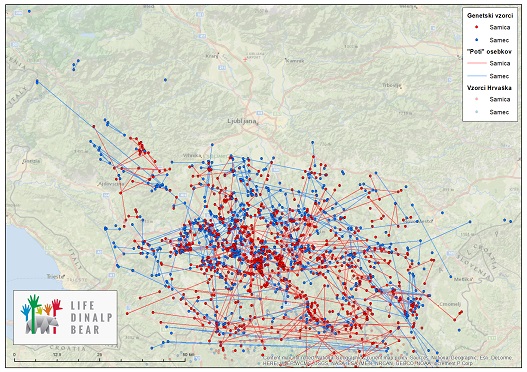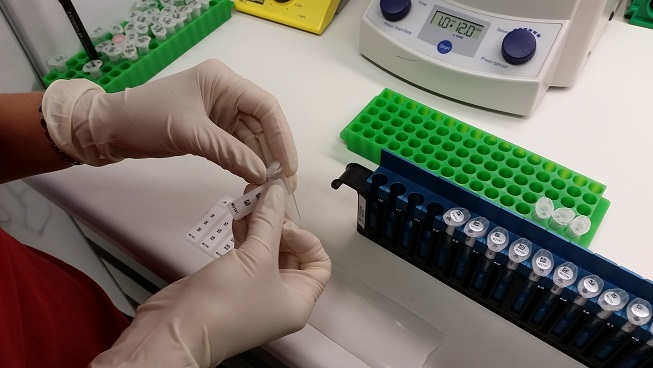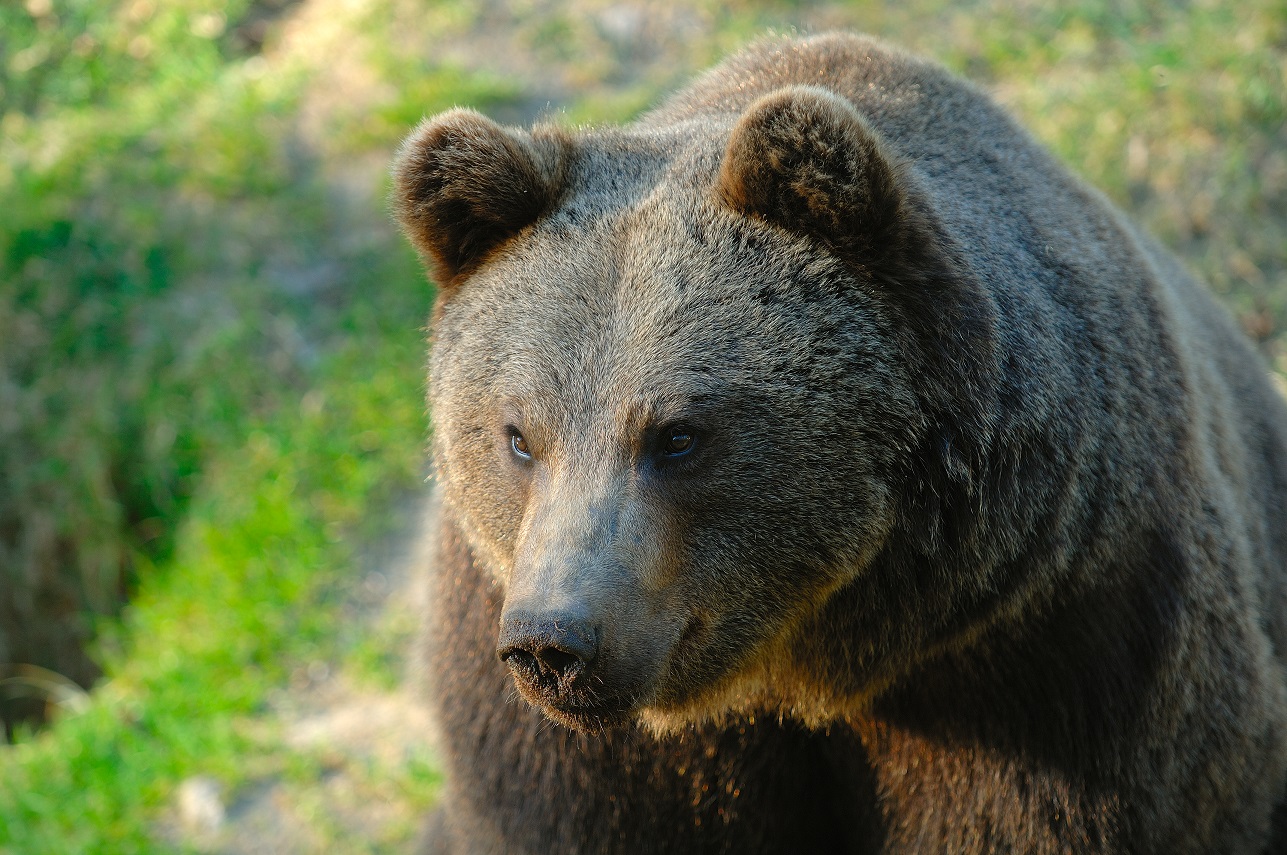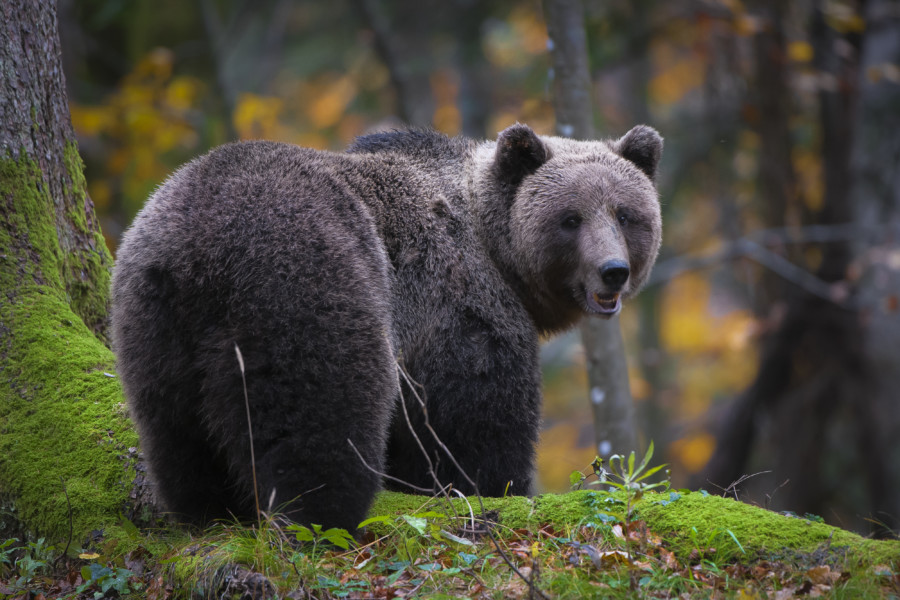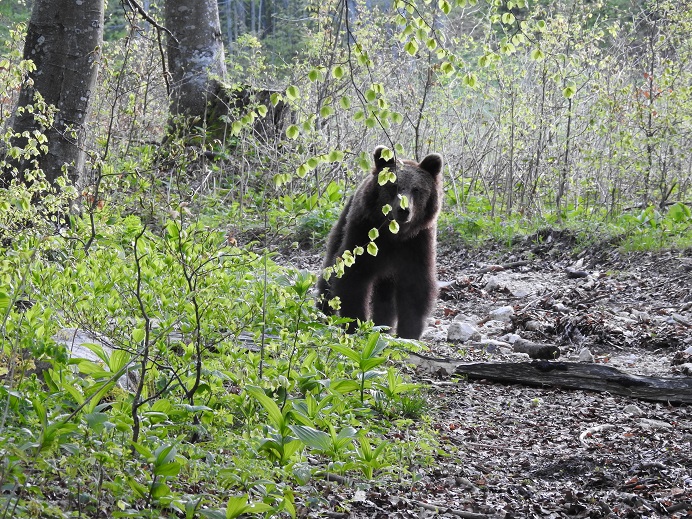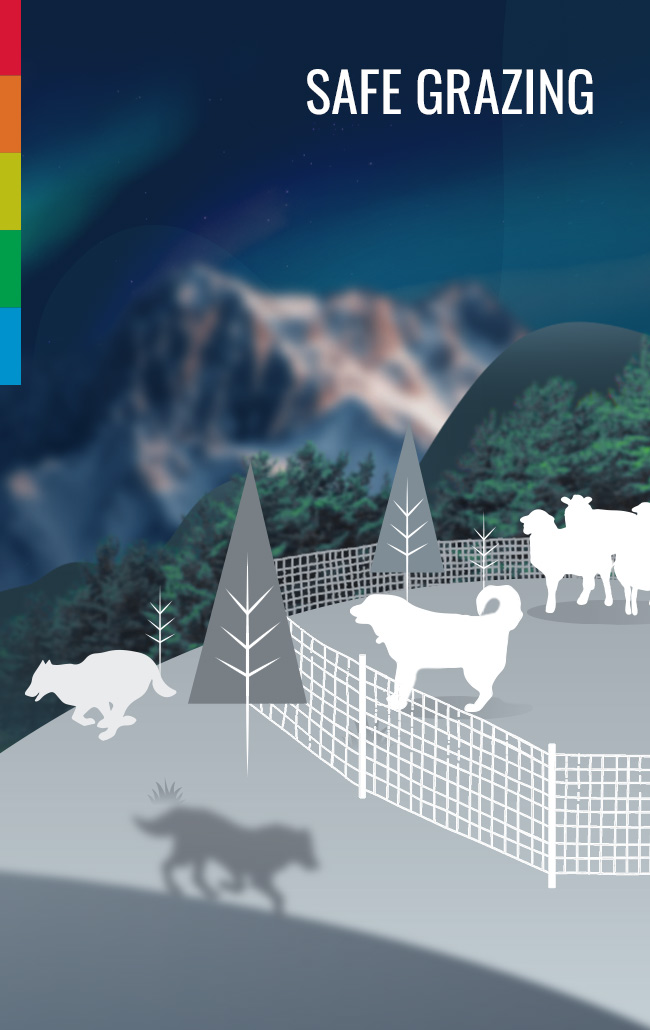The first steps of research on brown bear genetics in the frame of LIFE DINALP BEAR project have been concluded: developing and using the most innovative scientific methods in molecular genetics, we estimated number of brown bears in Slovenia. At the end of 2015, there were 564 bears (95% confidence interval from 533 to 598).
More than 1.000 foresters, hunters, and volunteers has joined experts in the autumn 2015 to conduct an intensive non-invasive sampling in the field. In the laboratory, we isolated genetic material of each animal from the samples of bear scats, hair and saliva. Obtaining genotypes, we were able to estimate very reliably the number of bears living in this territory at the end of 2015.
The first scientific brown bear estimate for Slovenia was obtained in 2007, using similar methods. Repeating the research, we now have an important insight into the trends of this bear population, thus gaining a solid scientific basis and a tool for successful brown bear conservation and management. Even though the bear numbers in Slovenia has increased by a third in eight years, there has been no reflection in the damages or conflicts with this species, as the level of conflicts did not increase during this period.
The estimate will help to shape the preparation of future strategic documents for brown bear conservation and management. Also, the innovative laboratory and genetic methodology, recently developed by the LECA laboratory from Grenoble, France and for the first time used in a large-scale study by the researchers of Biotechnical Faculty of University of Ljubljana, will enable now fast and cost-efficient long-term genetic monitoring of bear population.



